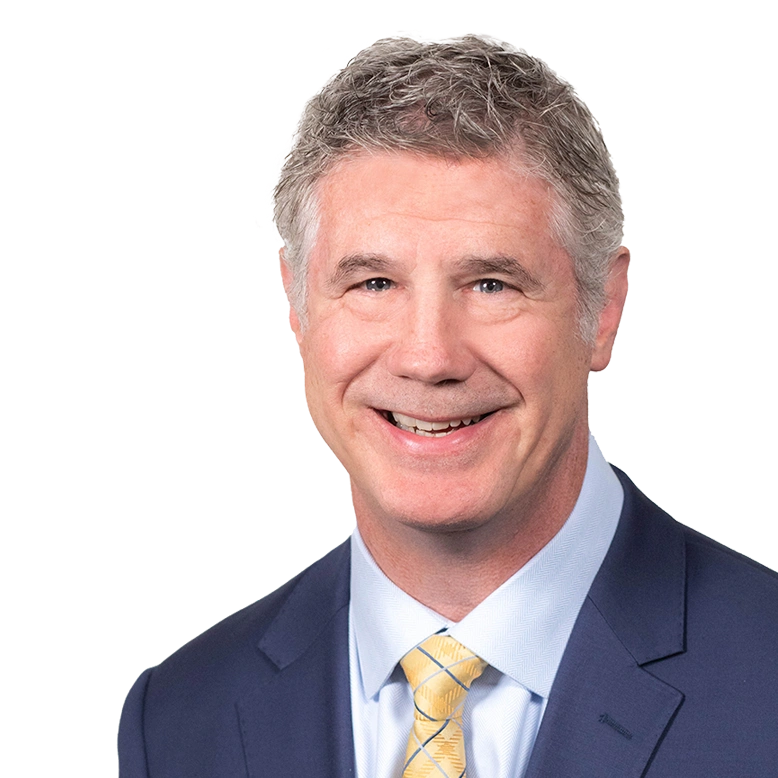Helping you navigate the market's twists and turns.


MARKET OUTLOOK
ADVISOR EVENT
Clark Capital’s 2025 Market Outlook
LOCATION
Webcast

K. Sean Clark, CFA®
EVP, Chief Investment Officer
Date
January 13th, 2025
TIME
4:00 pm EST
TOPIC
Join us on Monday, January 13th at 4 p.m .ET for Clark Capital’s Market Outlook webcast. Approved for one hour of CFP® CE Credit
Featured
https://ccmg.com/business-owners-campaign/
Downloadable Resources
The Playbook for Winning Business Owners
September 26, 2024
Access our complete playbook to learn how to take advantage of the $10T potential business owner market and receive prospecting ideas, business sales techniques, and more.
Learn More
Monthly Moves
Monthly Moves: Charting Our Strategies, November 2024
December 11, 2024
Post the U.S. presidential election, U.S. equities experienced their strongest month of the year and are on track to deliver the strongest annual performance for the S&P 500 in 25 years, with investor sentiment at the upper end of the historical range. Momentum continues to lead across market caps as investors focus on quality companies with strong margins and profitability.
Learn More
Monthly Moves
Monthly Moves: Charting Our Strategies, October 2024
November 1, 2024
The global markets corrected again in October, peaking mid-month, and then pulling back, as a steady rise in COVID cases prompted several European countries including Germany, France, and England to institute a new round of social and economic restrictions. U.S. election uncertainty also seems to have weighed on investor sentiment. Third quarter earnings reports mirror the second quarter’s positive trends as earnings exceeding expectations hit high levels. Analysts have been slow to react to either positive consumer trends or corporate management’s ability to cut costs to combat revenue declines.
Learn More
Monthly Moves
Monthly Moves: Charting Our Strategies, September 2024
October 7, 2024
Equities continued their steady advance in September as U.S., European, and Chinese central banks eased monetary policy as the risks from labor weakness now outweigh the prior threats from inflation. Now approaching the Fed's 2% objective, August's Personal Consumption Expenditures (PCE) and Core PCE (2.2% and 2.7%, respectively) have enabled the Fed to lower the short-term rates by 0.50% as they focus on their full employment mandate.
Learn More
Monthly Moves
Monthly Moves: Charting Our Strategies, August 2024
September 9, 2024
Most broad equity indices rallied in August as interest rates fell further at the short end, steepening the U.S. Treasury yield curve. This was supported by a continued slow descent in Personal Consumption Expenditures (PCE) and Core PCE inflation, which landed at 2.6% and 2.5%, respectively. Business momentum among the largest stocks continues to push both 12-month earnings estimates and prices to new highs. In our view, the relative attractiveness of small-cap, SMID-cap, and international equities is intact. We believe the current environment provides investors an opportunity to true-up their asset allocation and create greater diversification among equity classes.
Learn More
Monthly Moves
Monthly Moves: Charting Our Strategies, July 2024
August 6, 2024
Weakness in the large-cap Technology and Communication sectors combined with expectations of the first FOMC rate cut since March 2020 prompted a significant rotation into stocks sensitive to monetary policy. Undervalued small-caps and mid-caps outperformed and most factor-based S&P indices posted gains led by dividend and value strategies away from growth and momentum stocks which have led the market since late 2022.
Learn More
Monthly Moves
Monthly Moves: Charting Our Strategies, June 2024
July 8, 2024
Economic growth and inflation continued to slow in the 2nd quarter as high interest rates exert pressure, although not outright negative GDP growth. New home sales plunged 11.3% in May and the unemployment rate reached 4%. June saw continued progress on the inflation front with core PCE ex-housing at 2.6%, the lowest level since March 2021, and Core PCE ex-housing reached near 2%.
Learn More
Advisors: Subscribe to receive our latest insights, market updates, and invites to our award-winning webcast series.
You can unsubscribe to any or all of the communications at any time by clicking the “Unsubscribe” link that appears in every email we send. Clark Capital fully complies with all U.S. CAN-SPAM laws.

